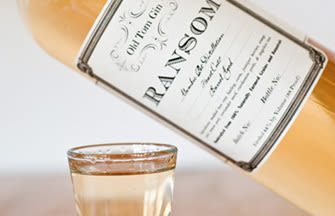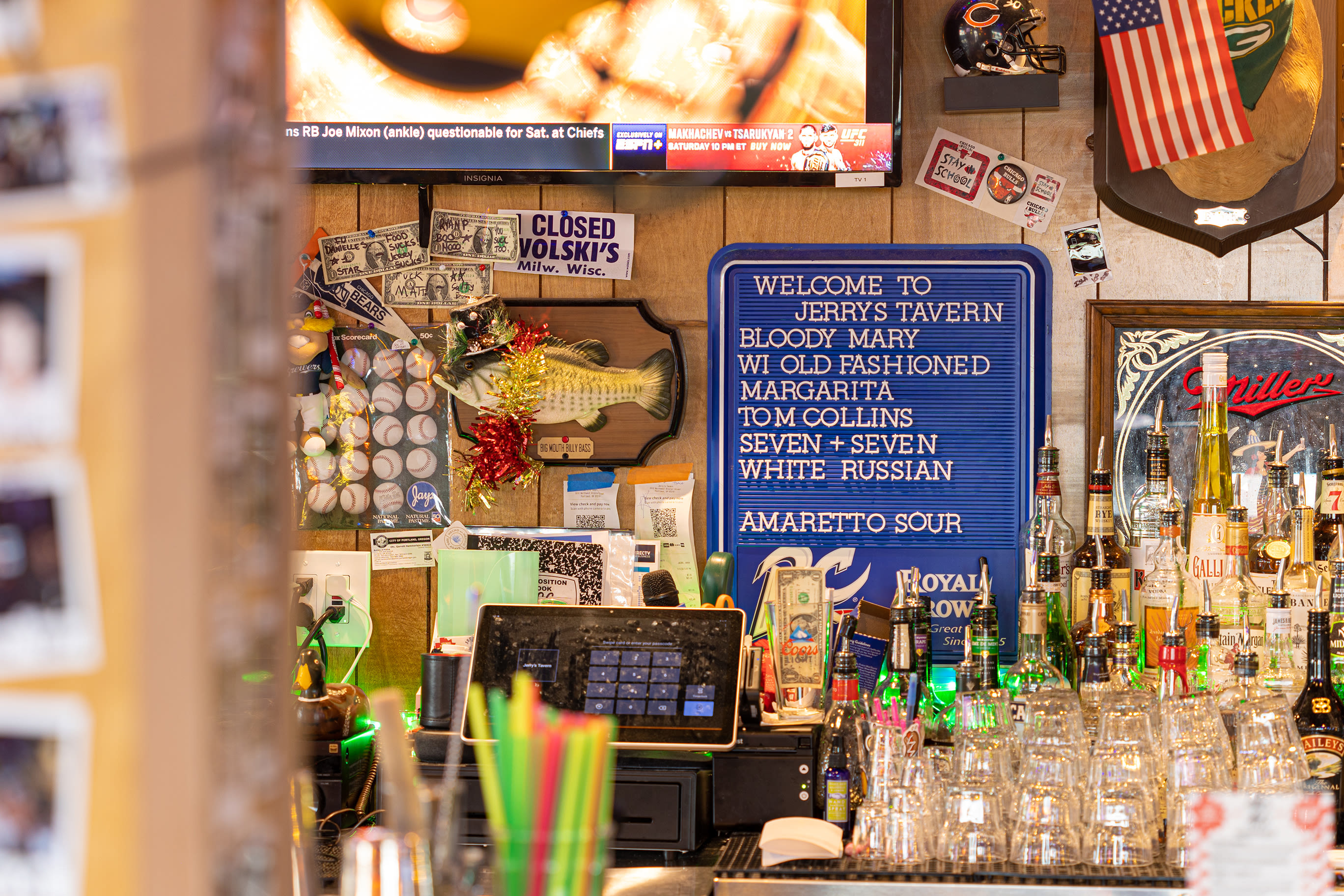With the Grain

A throwback to the days of the horse and buggy, Ransom’s Old Tom Gin wears its whiskey colors proudly.
Image: Kim Nguyen
IT PAINS ME TO SAY IT, but today’s gin is really nothing more than flavored vodka. The clear London dry gin that Americans have known and loved (think Tanqueray) since Prohibition bears almost none of the flavor of the grains it’s made from; it’s first distilled into a neutral spirit, then infused with citrus, juniper, and other herbs.
But gin wasn’t always made this way. Cocktail historian David Wondrich, who was recently in town promoting his new book, Imbibe!, says that in the early 1800s a few enterprising distillers borrowed from the original Dutch version, an aged, straw-colored spirit known as genever. No one knows for sure why they called the stuff “Old Tom,” but according to Wondrich, this was the gin you would have asked for in a swanky hotel bar in the days before motorcars.
Soon you’ll be able to ask for it here. Tad Seestedt, the one-man band behind McMinnville’s Ransom Wine Company & Distillery (producers of small-batch pinot noir and grappa) consulted with Wondrich, an old friend, to create an authentic Old Tom gin that hits the shelves this month. Unlike the transparent London dry gins, Seestedt’s Old Tom is something a little dirtier, cooked in a copper still and made from a mixture of malted-barley whiskey wash and corn-based spirits infused with orange peel, cardamom, juniper, and other botanicals. The result is a full-bodied, slightly sweet spirit with the heft of a whiskey or brandy that also retains the familiar herbal bouquet of gin.
And the color? Well, Wondrich and Seestedt figured nineteenth-century gin would’ve been transported in oak containers, so Seestedt began storing his Old Tom gin in an oak wine barrel for a few months, which mellows the liquor and gives it a slight flaxen tint. “A little time in the barrel really helps tone down the aromatics, and brings up the malt,” Seestedt told me recently when I visited him at his winery. With its whiskey-like profile, says Seestedt, the best way to drink this gin is neat or on the rocks—or mixed into any other gin cocktail recipe that’s been kicking around since the Polk administration.




